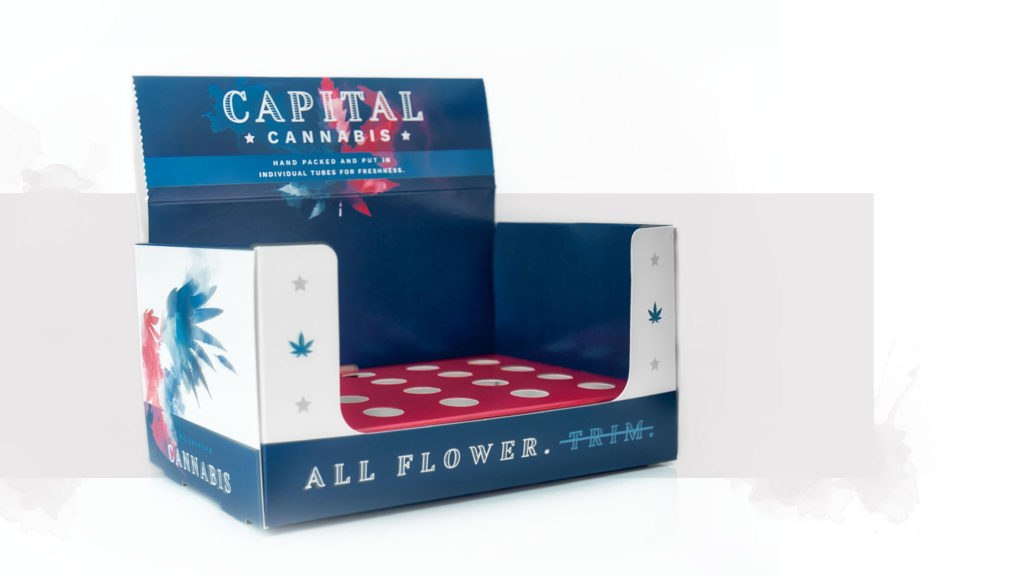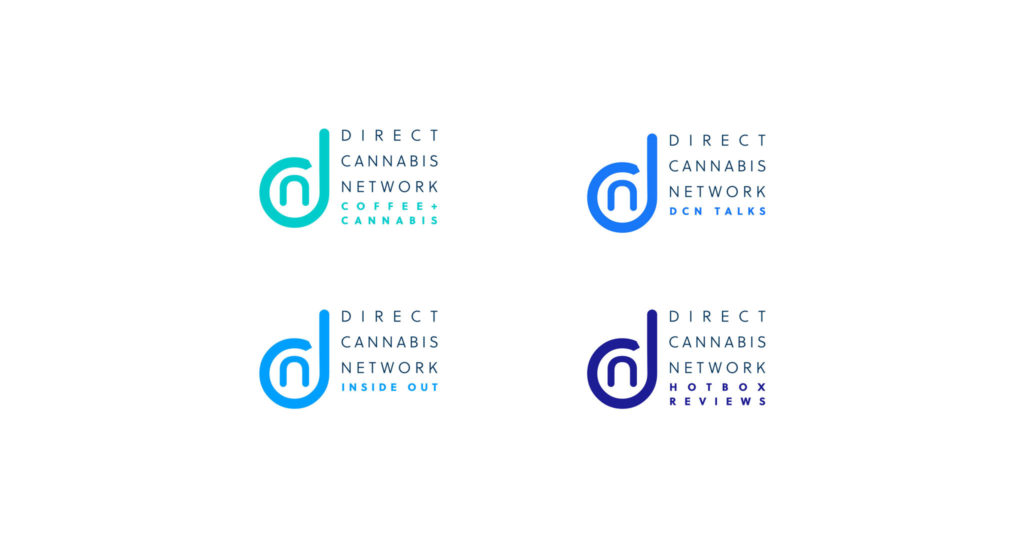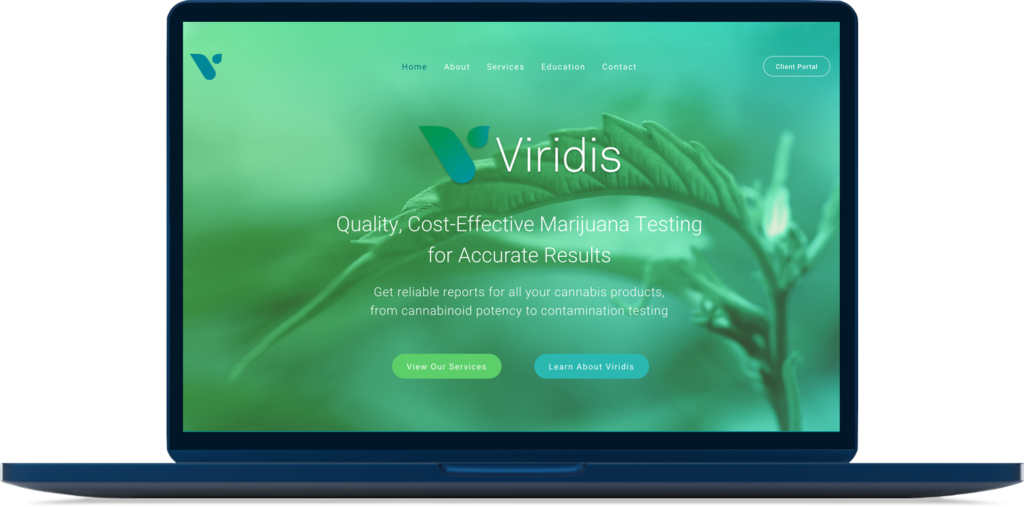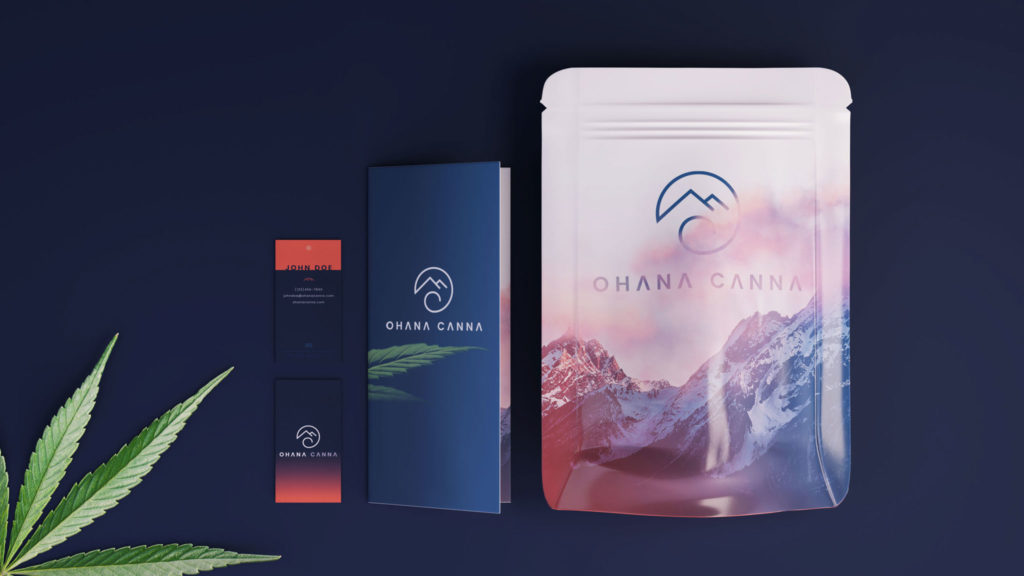I had the pleasure to sit down with Bridget Renee, marketing director, and founding partner at KindTyme, Portland’s foremost cannabis-focused media production and advertising agency. Our conversation focused on the ins and outs of the cannabis design industry, and the establishment of KindTyme.
How did the idea for KindTyme start?
This version of KindTyme officially launched in 2015. Before that, the four other founding members and I were doing general marketing and design services for multiple industries which launched in 2014 under a different name. Previous to that time, two of our founding members, Ryan Michael and Scott Alan, were working under the KindTyme name as a web development and interactive agency. It was a little something they had started years ago, I want to say 2012, that didn’t really work out, and that’s when they started to work at the firm where we all met.
Where did the name come from?
The name KindTyme came from a nameRyan had used a few different ways in the past, including for his band’s name in Michigan, The Kinds. He went under the pseudonym “KindTyme” on Craigslist to help people jailbreak or unlock their phones to have more freedom to download apps outside the app stores. . He was traveling state to state using Craigslist to help people unlock their phones, and he used the name KindTyme to be discreet. I think that it’s funny how the name didn’t originate from anything related to cannabis but the word “kind” is used a lot within the world of cannabis, so it’s come full circle unintentionally.

What was it like starting a business in a totally uncharted (and previously illegal) industry, within the realm of design specifically?
It was really hard. We started and launched KindTyme in response to Oregon’s legalization. The first year of the legalization was specifically tough as is with any big legislative change.. In Oregon, it took about a year and a half to establish solid regulations, during that time, we were designing packaging that constantly needed to be changed and updated. The state regulators were changing the rules on us all the time – we would be mid-project and realize what we were working on needed to be totally reconstructed based upon a small change in rules. This made things very difficult. On the other hand, it was really exciting because nobody knew what to expect, and in a lot of ways we were allowed to define the aesthetic of a new industry. Certain projects we were able to put out have almost spawned a new era of design for the industry. A lot of the products being made now are heavily influenced by the work that we’ve done.

It’s really interesting to see the development of the branding and packaging that the cannabis industry is going through right now, and how producers are having to up their game to stay current. A lot of early legalization packaging was a plastic bag with a sticker on it, and that is not what consumers are expecting anymore.
It is so true, in packaging especially. Branding and packaging are the biggest key elements for new brands because it’s going to define who you are for the market, and defines how people perceive you. So for branding, you don’t want the simplest, easiest logo you can find. Up until legalization, anyone who was branding on the black market, which was limited at best anyway, was still going the counter-culture and simple, and frankly cheap route. Truthfully, cheap design isn’t going to sell or bring your brand longevity.When the market launched and businesses were becoming legitimate, a lot of packaging still consisted of plastic bags with stickers. It really took a company like ours and other design companies in the industry to step in and show the industry something different.
What are your clients like? Are they easy to work with, or a little more challenging than the average producer?
It depends and varies a lot on a business to business basis. In terms of farmers or people with hands-on products, it is challenging due to the fact that a lot of them are not technology-centric. They work with their hands and they do so well growing cannabis, or processing concentrates, and are brilliant in that respect. However, being a tech-based business sometimes proves challenging. However, there are plenty of ancillary businesses, like lawyers and accountants that are working in the industry that have tech backgrounds. That is much easier.

How do you manage professionalism within an industry that frankly was illegal a few years ago?
When the industry first launched, business owners where predominantly farmers, who sold their product to medical marijuana cardholders. People in the industry are looking for personal experiences and build relationships. So, we focus on making friends with a lot of farmers and growers, cannabis people. I love that side of it; I love the fact that we can just have fun, be friends and develop something that is mutually beneficial. As the industry grows, we see a lot more investors and business-savvy people entering the space that do demand that professionalism. We have to be on the verge of both: we have to be prepared to deliver both experiences to whatever is necessary for those businesses, for the people involved, and balance between the two.
What advice would you give to young professionals trying to get into the cannabis design field?
Be willing to work very hard and never stop expanding your skillset. In general, design is an incredibly competitive space. Anyone with any amount of experience can call themselves a designer, and convince someone to give them money to produce work. But the quality varies so much, and in order to stay competitive and make a career out of design your work has to have the quality that is going to make customers come back to you. You want residual income, you want clients that return, you don’t want to have to continue to find new clients. It is so important for people to continue to educate themselves and be constantly learning and willing to try new things and push themselves outside of their comfort zone in order to stay competitive and retain the client base you have worked so hard to earn.

Is there anything else you want to share about your company?
There are a few important things I want people to know: We work very differently from other businesses, we are a friend-founded team. We are completely self-funded, so everything that you’ve seen us do and everything that we’ve delivered has been built upon our blood sweat and tears. We started with almost nothing and worked our way up. We do everything completely in-house. It is super common for agencies to hire subcontractors and freelancers to outsource work to reduce overhead costs. We are perfectionists at heart and we refuse to give up any quality over cost.
About the Author
 Devon Huck is a recent graduate in industrial and interaction design, passionate about sustainable products, innovative user experiences, and bagels. Currently on the search for her next opportunity, you can see her work at www.d-huck.com.
Devon Huck is a recent graduate in industrial and interaction design, passionate about sustainable products, innovative user experiences, and bagels. Currently on the search for her next opportunity, you can see her work at www.d-huck.com.